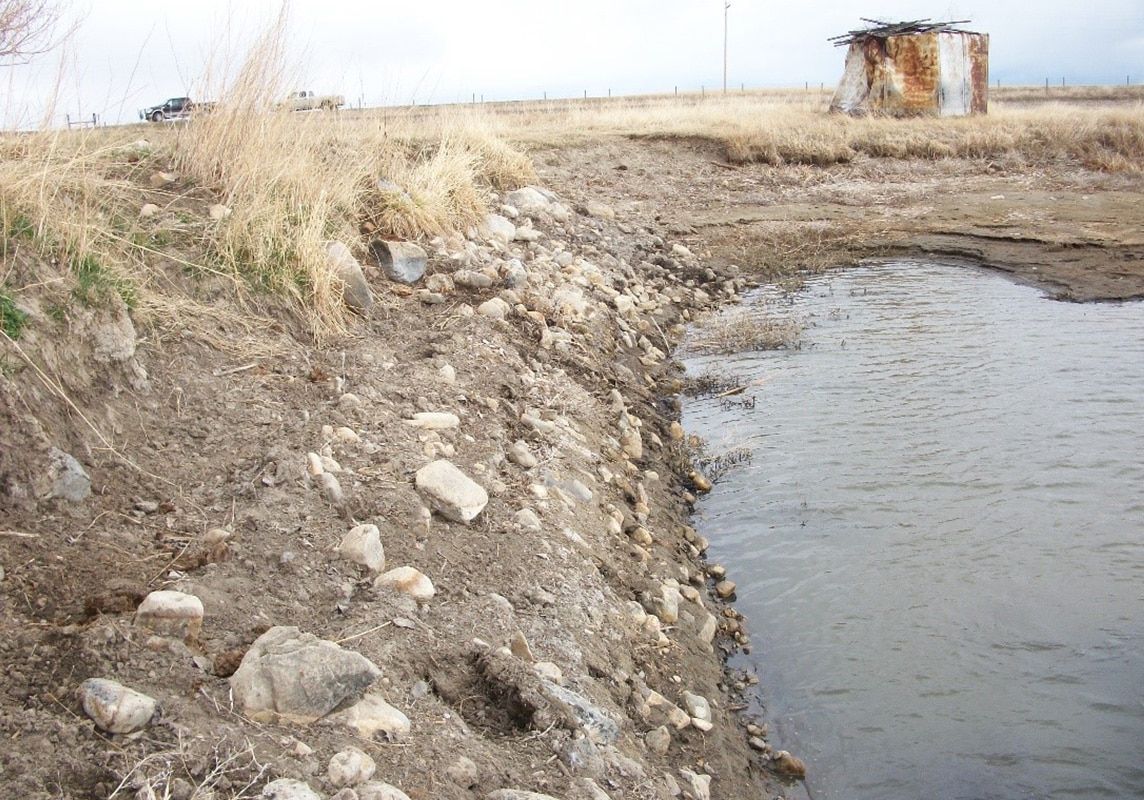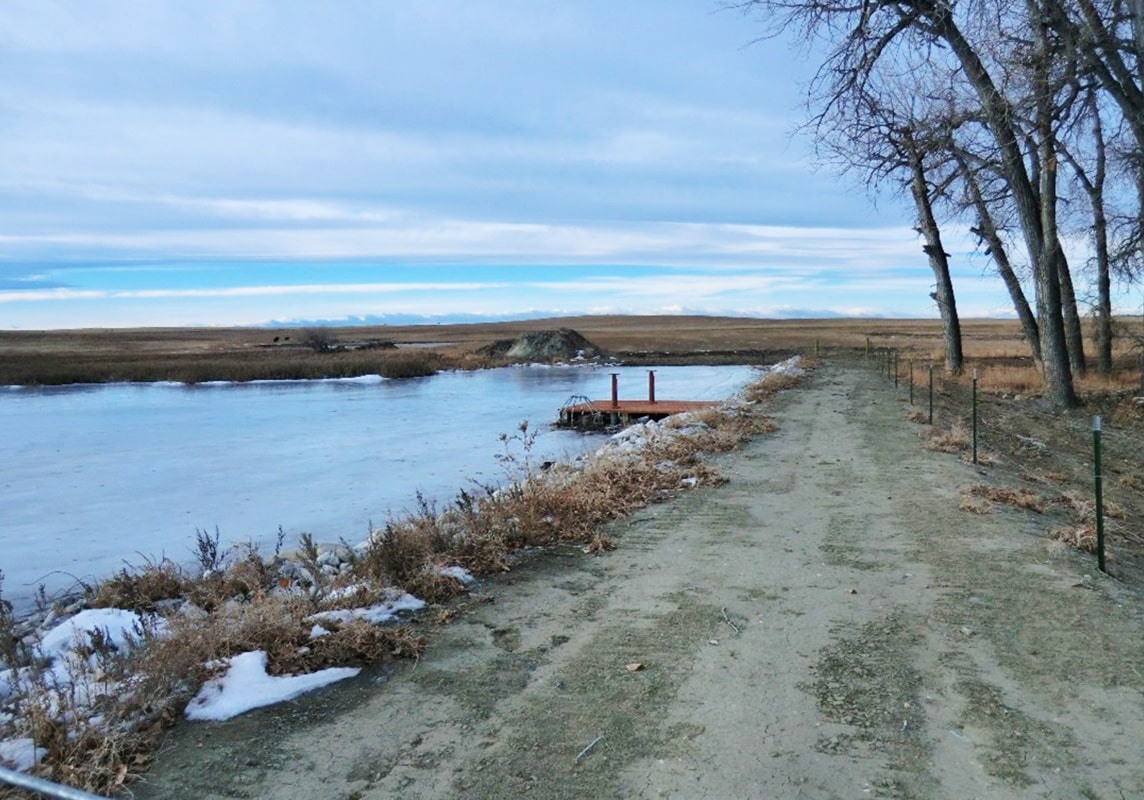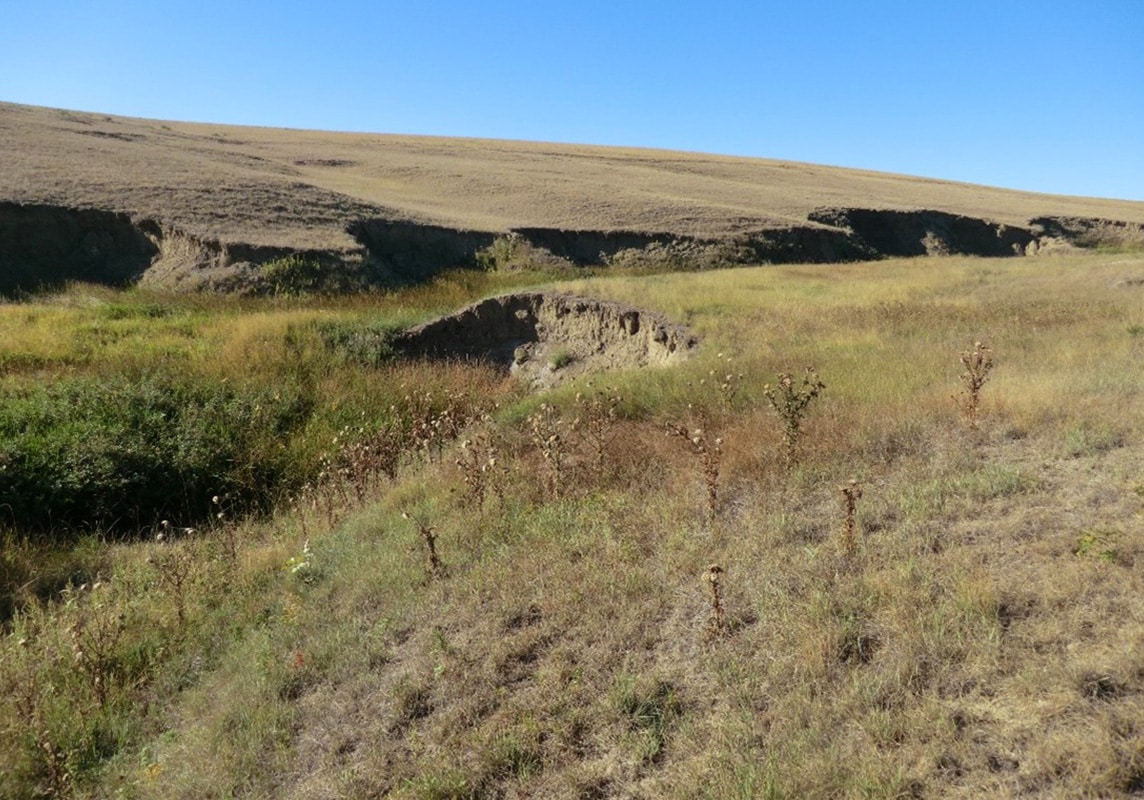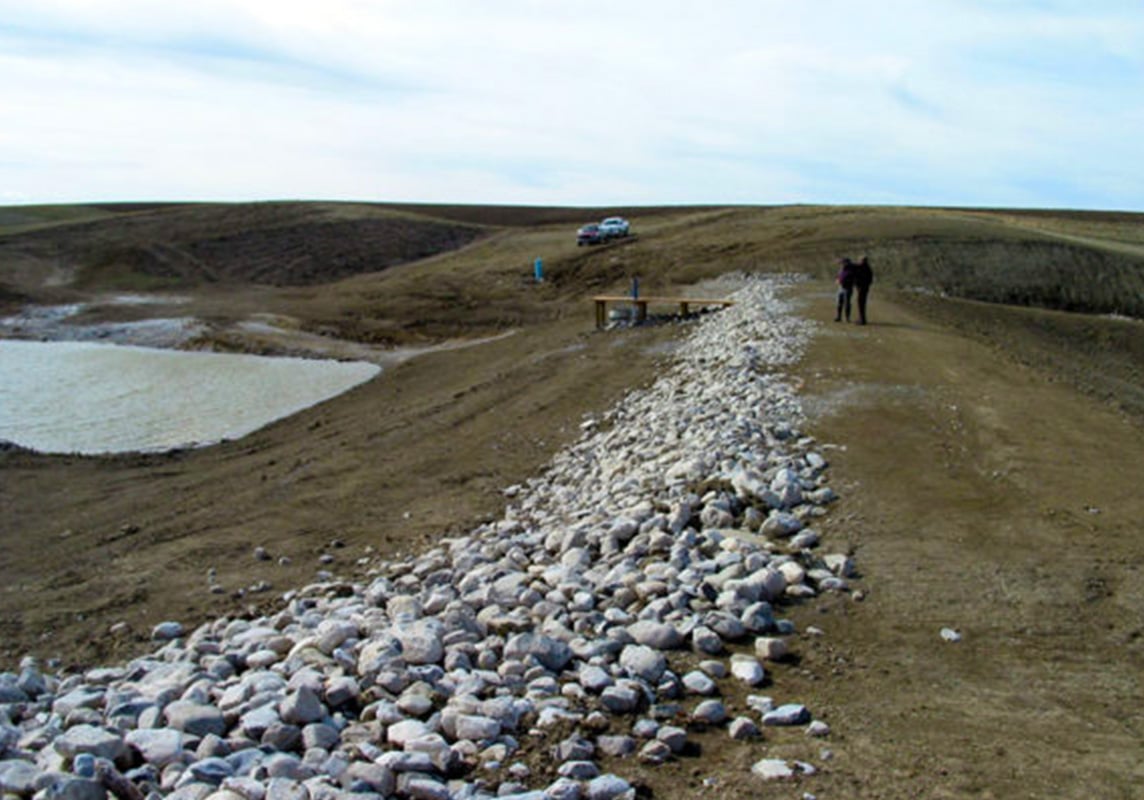

How to Mitigate Irrigation Water Loss
Solutions Also Provide Multiple Benefits
Irrigation water loss can be caused by many different situations, such as rainstorms or power outages. Conversions from flood irrigation to sprinklers or pivots can also change canal water levels due to the modification of system operations. These canal water level variations can result in additional water loss to wasteways. Depending on water rights and availability during a particular season, this can create several water shortage problems and lead to one of the most commonly asked questions: What is the best way to mitigate water losses? Fortunately, there are a couple of solutions that can provide multiple benefits.
Common Irrigation Problems
An irrigation system can comprise a combination of open channel and closed conduit networks that supply water to farmers at distribution points. It is impossible to coordinate supply and demand in a hydraulically closed system/network with multiple and intermittent points of use. Therefore, every irrigation distribution system needs an exit, overflow, or final collection point for unused water. Your best solution to reclaim this lost water for beneficial use? An engineered wasteway and intermediate storage systems.
Two of the most common problems irrigation district operators deal with are unintended water loss down the wasteway and erosion of the wasteway. Many wasteways are routed through coulees and other natural waterways until they flow into the intended receiving body. These drainages were not necessarily “designed” to handle the amount of flow routed through them and may erode, causing downstream sedimentation problems and bank destabilization. The unintended water loss makes it difficult for irrigation systems to meet the demand for water throughout the season.
Solutions with Multiple Benefits
To reduce lost flows down the wasteways, a few solutions have multiple benefits. One option is a regulating reservoir within the canal system. This solution allows operators to store and regulate a volume of water before it leaves the system.
Another option is to capture excess water by building a reservoir or holding pond within a wasteway. Once the water has been captured, it can be pumped back to a canal, conveyed to a nearby field, or piped directly to a pivot. The Pondera County Canal and Reservoir Company (PCCRC) has successfully mitigated multiple wasteway situations using small reservoirs or holding ponds. Two examples of these are the K-7 Wasteway and the E-Wasteway reservoirs.
On K-7 Wasteway, PCCRC rehabilitated a small reservoir with an obvious leak and visible sinkholes. The rehabilitation included:
- Rebuilding the earthen berm.
- Increasing the reservoir’s storage capacity by increasing the elevation of the earthen dam.
- Upgrading the outlet structures to include a principal spillway, an emergency spillway, a pumped turnout, and a turnout that directly piped water to an irrigator’s pivot.




The piped turnout adds the benefit of providing the irrigator with pressure head improving the efficiency of the pump that the irrigator uses to operate their pivot. This was both beneficial for the irrigator and PCCRC.
On the E-Wasteway system, a small earthen dam was designed and built to recapture water that was being lost down E-Wasteway and causing erosion, as shown in the photos below (photo on the top of this page shows the project site a year and a half after the construction was completed). The design for the E-Wasteway Reservoir included an earthen dam, a primary spillway with an energy dissipater on the downstream side, and an emergency spillway. The water captured in the small reservoir was pumped to an irrigator’s nearby field.
Where To Go from Here?
Those of you who are tasked with ways to solve, or avoid, problems with irrigation water loss are constantly challenged with coordinating flows within the system. However, a wide variety of solutions can be designed and constructed to reduce water loss – some that can provide additional benefits in the long term.
If you’re ready for an evaluation, or have more questions than answers, let’s talk more. We can share some ideas and resources that might work for you.
Let's talk more

